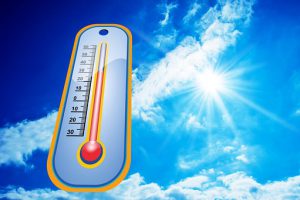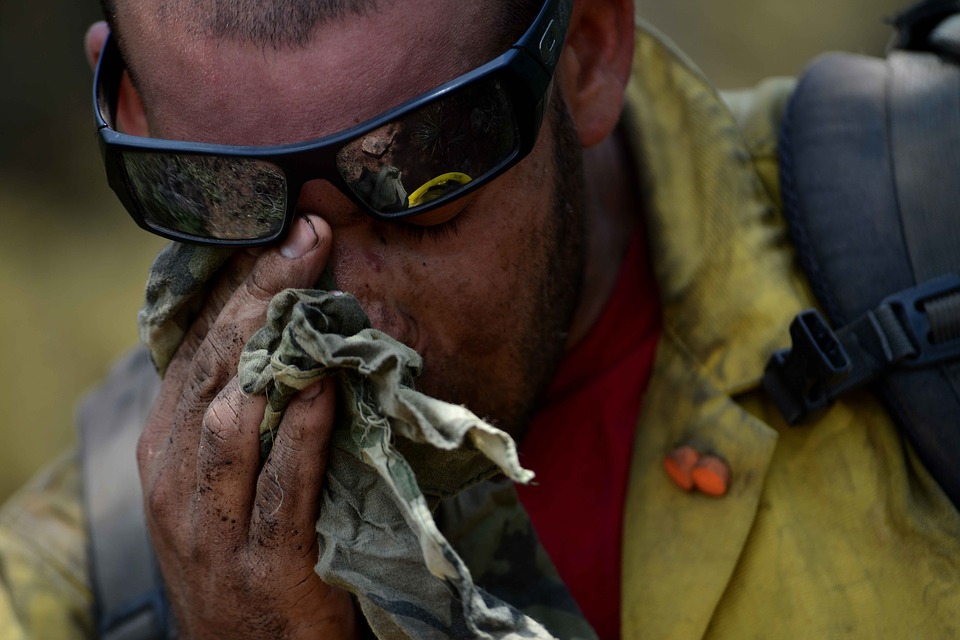
With high temperatures taking the Province of BC by storm, WorkSafe BC is reminding residents of the Bulkley Valley and Lakes District (BVLD) to work smarter, not harder.
During this prolonged heat, those who work extended hours outdoors are subject to heat stress, which can lead to heat exhaustion or even heat stroke.
Heat stress occurs when your internal temperature increases faster than the body can cool itself. Symptoms of heat exhaustion include excess sweating, dizziness, fainting and muscle cramps. Symptoms of heat stroke include cessation of sweating, an increased breathing rate, confusion, seizures and even cardiac arrest.
In 2017, there were 30 accepted claims for work-related injuries caused by heat exhaustion and heat stroke.
The occupations with the highest number of heat stress-related claims last year included:
- landscape and horticulture workers,
- welders and metal fabricators,
- longshore,
- logging and forestry,
- and construction workers.
“People who work outdoors face many risks when the weather gets hot,” says Dan Strand, WorkSafeBC Prevention Field Services Director. “Employers are required to know if their workers are at risk, and need to perform a heat-stress assessment and implement a mitigation plan accordingly.”
So what can you do as an employer to keep your workers safe in the BVLD?
- Monitor heat conditions and require workers not to work alone.
- Ensure there is adequate first-aid coverage and emergency procedures are in place.
- Make physical modifications to facilities, equipment, processes to reduce exposure.
- Change work practices and policies to limit the risk.
- Determine appropriate work-rest cycles; when a worker feels ill it may be too late.
- Rotate work activities or use additional workers to reduce exposure.
- Establish cooling areas with shade and water.
And as an employee, it’s always best to have your own back. Here are some preventative measures you can take yourself.
- Drink plenty of water (one glass every 20 minutes).
- Wear light-colored, loose-fitting clothing made of breathable fabric such as cotton.
- Take rest breaks in a cool, well-ventilated area.
- Do hard physical work during the coolest parts of the day, before 11 a.m. and after 3 p.m.
- Know your personal risk factors such as medications and any pre-existing conditions.
- Check the signs and symptoms for yourself and co-workers.


